Your running posture is wasting energy!
Many people think that running is very simple, with one leg in front and one leg in the back, falling back and forth, nothing more. Put on your headphones and move on the road.
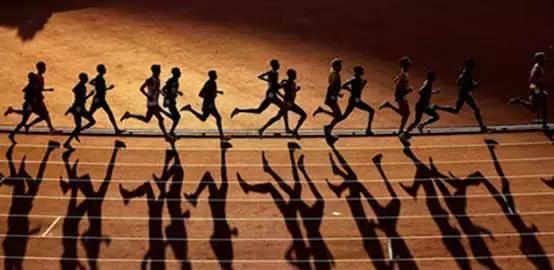
But is running really such a casual sport? Of course, the answer is no. If the running posture is not correct, it will not only have the effect of strengthening, strengthening and shaping, but also may cause damage to the health of the body. Inexperienced runners often make the following two mistakes.
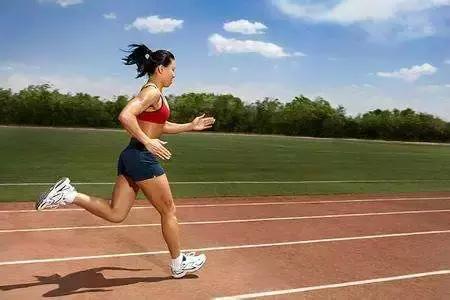
Oversized stride and puppet swing arm
Both of these erroneous actions increase the energy expenditure of running and accelerate the physiological processes that cause fatigue (such as glycogen depletion and lactic acid accumulation), which has a negative impact on running performance.
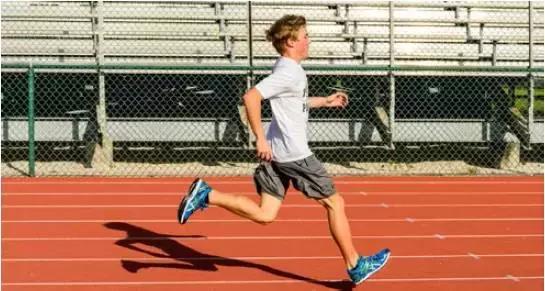
Excessive stride is a wasteful running technique
When the foot is too far away from the center of gravity, the step will be too large. The center of gravity is the most concentrated point of gravity pulling the body to the ground. The runner's center of gravity is above the midpoint of the pelvis. In the case of excessive stride, the forefoot has support and braking effect on the body (see above). Although it does not reach the level of stopping and retreating, this action will stop the runner's forward momentum and allow the muscles to consume too much energy to re-accelerate the body away from the ground.
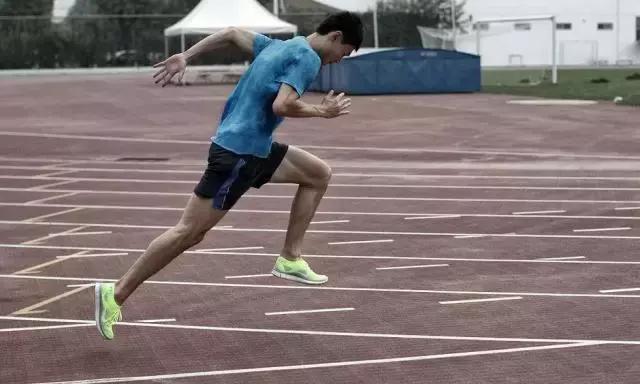
The puppet swing arm refers to the swinging arm in all directions. Because the runner's torso, abdomen, and lumbar muscles lack core muscle strength, their arm swings tend to cross the midline of the body, causing the upper limb to twist. Although this wrong posture is not as bad as a sudden run to another runway, this counterproductive action also consumes a lot of energy.
Good technology is also essential for preventing injuries
When you run, every step of the way, the runner's body will bear two to three times its own weight. Given the repetitive nature of running, the wrong mode of action puts a lot of pressure on muscles, bones, tendons and ligaments.
For example, the "oversized step" mentioned above, when the stride is too large, the first part of the touch is the heel. At the moment the heel hits the ground , the impact force is transmitted to the calf bones and joints like a shock wave . Sudden braking and shocking action will send a powerful force to the hip joints of the knee joint, causing them to be injured.
The risk of injury is particularly high when poor running techniques are combined with structural abnormalities (especially the dislocation of the feet, cheekbones, thigh bones and pelvis). When the leg bones are not straight in the vertical direction, the muscles on both sides of the bone are unevenly stressed, causing joint or connective tissue injury. Solid striding techniques can help ensure that muscle groups or joint structures are not overstressed.
To give you an idea of ​​how structural anomalies and technical errors can cause injuries, let's take a look at the biomechanics of the moment the feet and calves are on the ground (see image below).
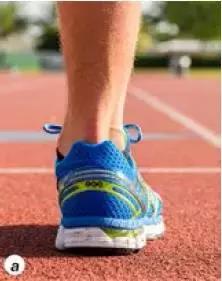
During normal landing, the sole of the foot will be inverted, that is, inwardly at the ankle joint. A slight inversion is beneficial because it reduces the height of the entire foot from the ground and helps to relieve the impact. However, excessive inversion can cause the feet and calves to be out of alignment (see figure below).
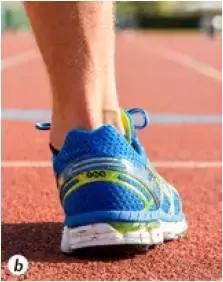
This puts pressure on the arch, Achilles tendon and connective tissue that support the ankle and knee joints. Players with flat feet, low arches, knee valgus and ankle joints are often over-inverted, posing a risk of injury, such as stress fractures of the foot and tibia, plantar fasciitis (foot arch pain), Achilles tendinitis And running knees.
Another biomechanical defect in the soles of the feet is excessive valgus, which is the outward rotation of the foot (see figure below).
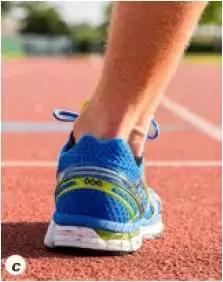
During the normal landing process, the spin-up occurs after the inversion, which allows the foot to enter a vigorously propelled posture. At the moment of landing, some runners do not let the foot turn inward to absorb the impact and directly turn outward. This can cause excessive stress on the sides of the ankle, knee and hip joints. Runners with excessive valgus will suffer from many injuries, such as sacral syndrome (knee and hip lateral pain), Achilles tendinitis, and calf muscle strain.
10 technical tips
Is there an ideal running position that all runners can imitate? For most experts, the answer to this question is “ no â€.
To prove this, you can observe the running skills of the top runners. Compare and contrast the posture of their upper limbs, the length of the steps, the height of the knees lifted, and the amplitude of their swing arms. You will find that the technical characteristics of high-level runners vary widely. In fact, violently changing your technical characteristics in order to imitate an ideal running posture may make some running performance worse, such as running economy. However, most runners do have some high levels can lead to better results and reduce the risk of injury of common characteristics. We should include ways to improve these characteristics as we run.
Relax muscles that are not active during running.
For runners, it is important to relieve muscle tension that is not beneficial to running, as the progress of these muscles can be counterproductive. At the same time, we must maintain a high level of contraction tension in the main motor muscles.
Keep your upper body upright, your shoulders flat, and look straight ahead.
The characteristics of a good running posture are: stable, straight upper body, do not have any energy-consuming rotation and swinging action.
Let the swing arm and the step of the step coincide with the direction of the body.
In order to maintain body balance and counteract rotational force, the arm movement should be coordinated with the pace.
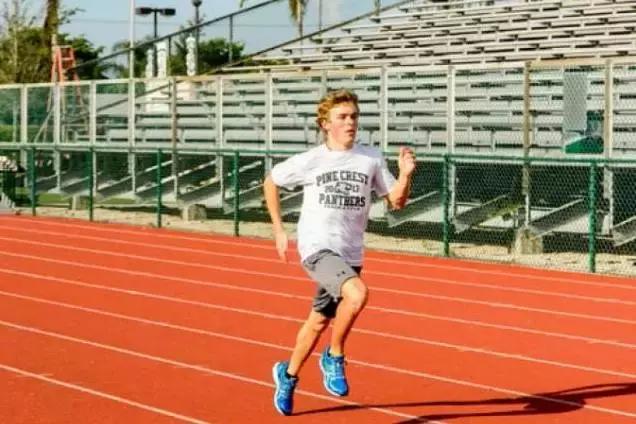
When the runner's right leg is lifted to the front of the body, the hips naturally rotate from right to left. In order to counteract the hip rotation caused by raising the right knee, the left arm needs a front swing to keep the upper body stable. When the left arm is synchronized with the right leg, the runner can maintain balance and vice versa.
Adapt to your own natural step size and pace.
Unless the runner is obviously too big or too short, or constantly changing the pitch, we should not consciously change our stride while running at a constant speed.
Reduce the sinking and bombing to a minimum.
The causes of sinking are leg weakness and lack of neuromuscular skills. Runners can correct this error through strength training, such as cycle training and weight training, as well as special technical exercises on the leg movements when the foot is on the ground, improving the speed and speed. Powerful stretch.
When running faster, use the middle of the foot or the forefoot to land and leave the ground.
The part of the foot that touches the ground determines whether the step is efficient. The best runners are usually on the middle of the soles of the feet and the forefoot. That's why you often hear the coaches let their players' toes finally leave the ground. Under normal circumstances, the players on the heel strike the ground for too long, and they have lost their forward momentum when they have to enter the advancement position.
Avoid too much stride and passive landing - use the foot near the hip to touch the ground and then move backwards.
In order to increase the step size, some runners will use a kicking action to put the calf forward in front of the ground. This is wrong. This kind of error is easy to observe because the foot looks like it is trying to reach the ground. This kind of mistake often leads to too much stride.
At the off-site, stretch the leg joints, especially the ankle joints.
Imagine if the runner only uses one joint at the off-road stage, how small is the propulsion he produces! Efficient stride requires three major leg joints to work together—ankle, knee, and hip.
Raise the legs to increase the step size and running speed.
In the fast running process, raising the leg is very important because it allows the foot to reach the correct position for the next landing and off the ground. Runners who do not raise their legs often land on the ground shortly after leaving the ground. This will limit the time it takes to force the legs and shorten the step size.
Change running posture and reversing techniques for uphill and downhill running postures.
When going uphill, runners should try to maintain rhythm and speed without injury. When going downhill, runners can relax and maintain speed with relatively little power.
Improving running posture can help us achieve better results and prevent injuries.
Lash Tube,Empty Eyelash Tube,Empty Lash Tube,Mascara Tube,Empty Mascara Tube
Shenzhen Nanfang Shishang Cosmetic Utensil Co., Ltd. , https://www.nfbrush.com